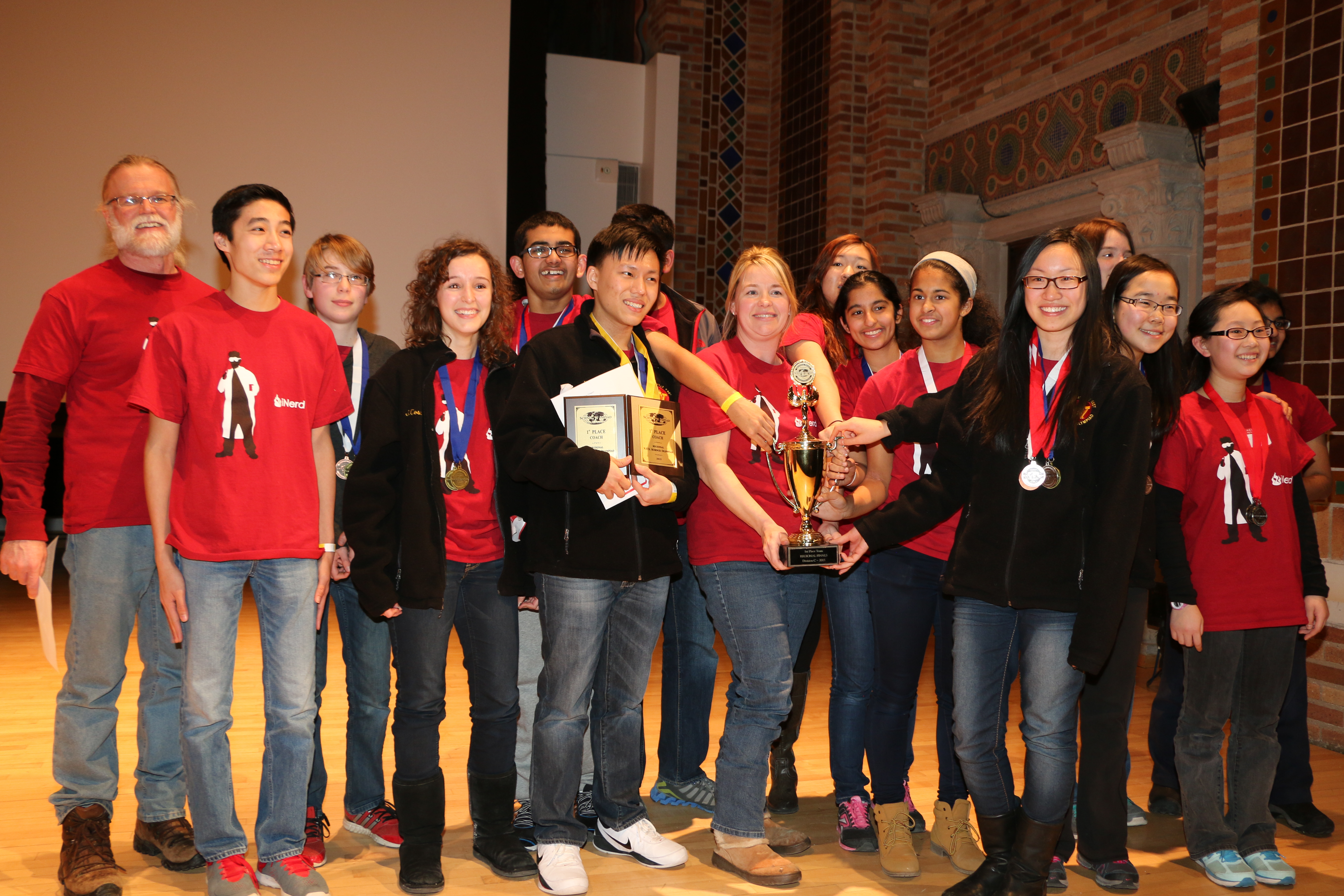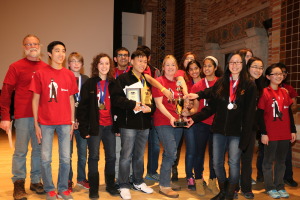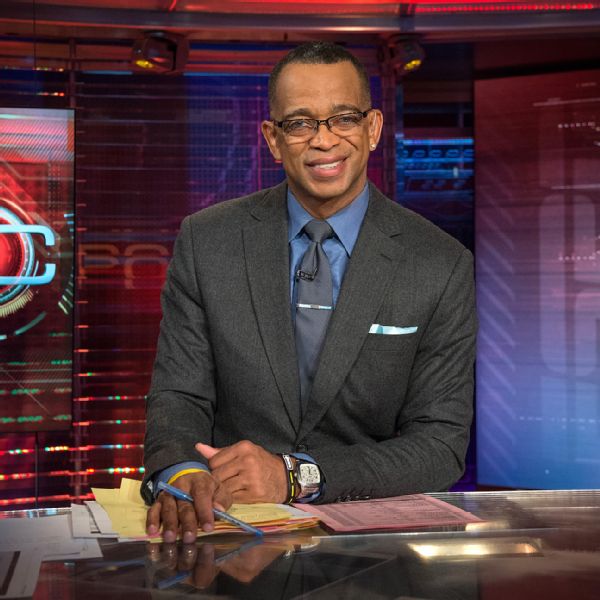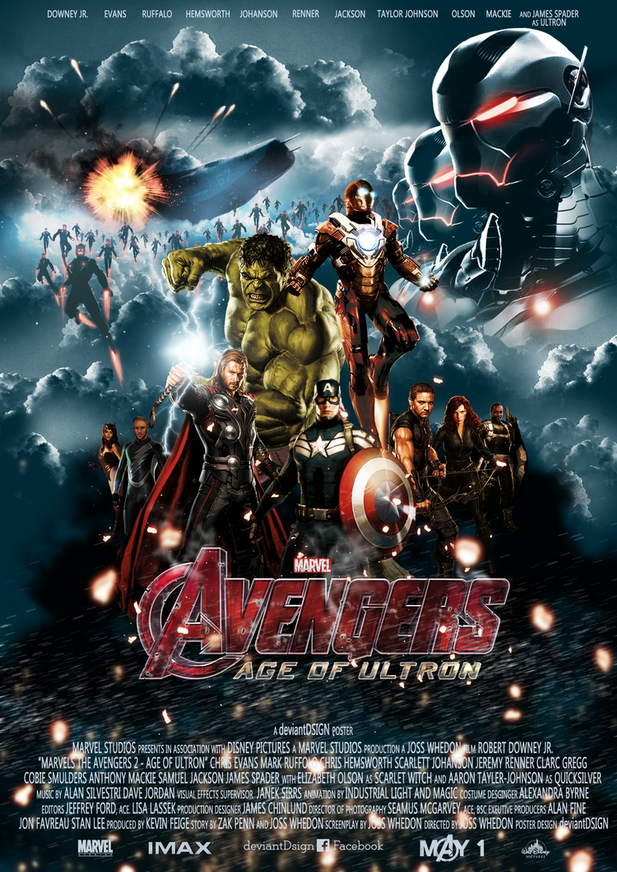By Robin Marshall
Headlines in the news reveal the story about what the popular media wants us to believe about women’s advancements in business: “Women Gain Numbers, Respect in Board Rooms,” “New Career Trend: She Goes, He Follows,” “Women are Liberating a Citadel of Male Power,” and “You’ve Come a Long Way, Baby.”
Clever as these headlines are, these depictions of women’s success in the corporate world are misleading. Increasingly, women are hitting the proverbial “glass ceiling.” Ann Morrison describes the problem: “[the glass ceiling is a barrier] so subtle that it is transparent, yet so strong that it prevents women from moving up the corporate hierarchy.” From their vantage point on the corporate ladder, women can see the high-level corporate positions but are kept from reaching them. It is not simply a barrier for an individual, based on the person’s inability to handle a higher-level job. Rather the glass ceiling applies to women as a group who are kept from advancing higher because they are women.
The statistics summarized by the Glass Ceiling Commission and statistics gathered today are so similar. In 1995, women held 45.7% of American jobs, and earned on average 68% the salary of their male counterparts. In 2005, women held 46.5% of American jobs, and earn 72% the salary of their male coworkers. The Economist further notes that the consulting firm Booz Allen Hamilton discovered that, of chief executives leaving their positions in 1998, only 0.7% were female. And in 2004? That’s right, 0.7%.
This is partly caused by a major form of gender bias called prescriptive bias. In this case, women who do break through and claim a traditionally male position are seen to have violated their prescribed norms. Here’s where the woman who “should be compassionate” acts forcefully and instead of being called decisive gets labeled “abrasive” or “uncaring.” This is where men are called the boss and women are called bossy.
The empirical evidence is also overwhelming. Studies have found that women who succeed in previously male dominated spheres (violating the prescribed norm of incompetence) are disliked, women who promote themselves (violating modesty) are less hirable, women who negotiate for higher pay (violating passivity) are penalized, and women who express anger (violating compassion) are regarded as lesser.
The standing question is why we let all these biases persist in the face of so much evidence. Management scholar Victoria L. Brescoll of Yale, a collaborator on the lab manager study, suspects the problem is so well hidden in the social psyche that it’s hard to spot let alone change. After all, no one wants to think of themselves as a sexist nowadays. And studies have found that women themselves display the same biases, often evaluating female employees as less favorable to males.
“We like to think of ourselves as really fair and unbiased,” says Brescoll. “So when these things come out it’s surprising to us. There’s a certain amount of denial: ‘Oh, it’s not me. It doesn’t happen to me.'” People don’t like being called out on things, they like to be coddled and told everything is fine and not their fault, so when people hear about these stereotypes and how they are perpetuated in the workforce, they hear people calling them sexist, and of course no one wants to hear that, so they ignore them and pretend these very real issues don’t exist. Additionally, going through the paradigm shift necessary to unlearn inherent biases is hard, and few are willing enough to put in the necessary work.
Now the question is: what can we do? After all, we are only high school students who haven’t really entered the professional world yet. My call to the women reading is to not fall into the self-fulfilling prophecy and enclose yourselves into a so-called “glass cage.” Others won’t fully value your skill, expertise, time and potential unless you do. British Prime Minister Margaret Thatcher once said, “You can’t lead from the crowd.” Don’t be afraid to make your own path. Avoid conformity, cherish your individuality, know your worth, be willing to rock the boat. To the men reading, be aware. Know that besides the inherent injustice that gender inequality brings to a modern democracy, this outdated social construct is economically unviable in the long-term.











